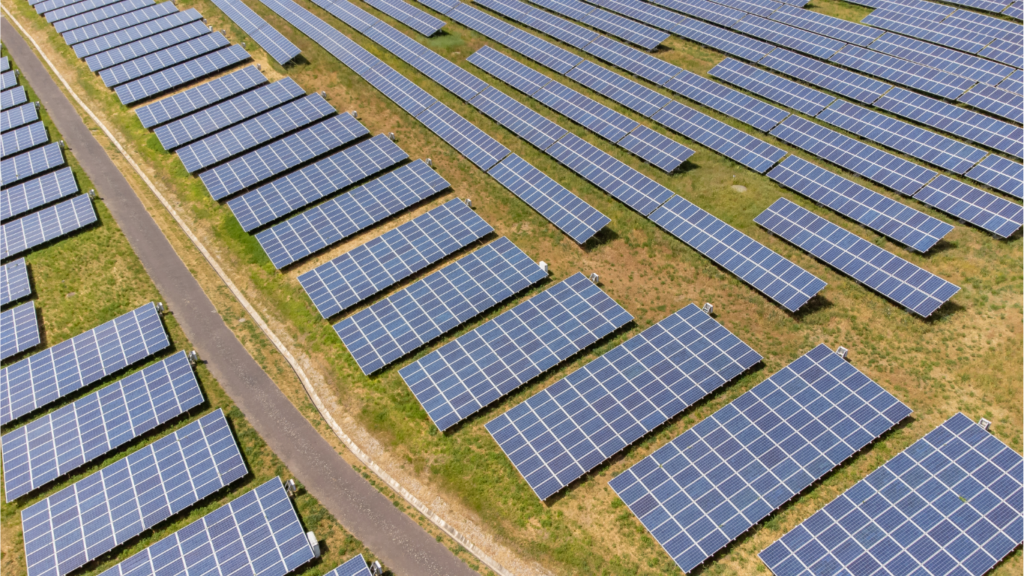AI and Machine Learning
AI and Machine Learning are major tech trends transforming industries and daily life in 2024. They offer new possibilities in various sectors.
Advanced Automation
Advanced automation is driving efficiency across industries. Robotics, powered by AI, automate complex tasks in manufacturing and logistics. AI-driven customer service bots handle inquiries, reducing wait times and improving user experience. Hospital systems leverage AI to automate administrative tasks, freeing up healthcare professionals to focus on patient care. Financial services use AI to automate fraud detection, increasing security without human oversight.
Predictive Analytics
AI enhances predictive analytics by transforming data interpretation. Retailers use AI to forecast demand, ensuring optimal inventory levels and reducing waste. Healthcare providers predict patient health trends, enabling early interventions and personalized treatment plans. Financial institutions use predictive models to assess market trends and manage risks more effectively. Marketing teams leverage AI to predict consumer behavior, allowing for better-targeted campaigns.
Quantum Computing
Quantum computing represents a major shift in how we solve complex problems. This technology leverages principles of quantum mechanics to perform calculations at unprecedented speeds.
Recent Breakthroughs
Recent advancements in quantum computing showcase significant progress. Researchers at Google announced the achievement of “quantum supremacy” in 2019, solving a problem that would take classical computers thousands of years in just a few minutes. IBM also launched its 127-qubit processor, bringing us closer to commercial quantum applications. In 2023, advancements in quantum error correction yielded more stable computing environments, addressing a critical barrier to scaling these systems.
Potential Applications
Quantum computing promises transformative applications across multiple sectors. In pharmaceuticals, it accelerates drug discovery by analyzing complex molecular structures quickly. In finance, it optimizes portfolios by computing vast datasets in real-time. Aerospace companies like Airbus use quantum algorithms to enhance traffic management systems. Similarly, quantum computing aids in cryptography, providing enhanced security protocols for data protection. Tech industries are also exploring how to integrate quantum solutions to boost machine learning algorithms, making them faster and more accurate.
5G and Beyond
5G networks are already making waves, but 2024 promises advancements that push the boundaries even further. Let’s dive deeper into the anticipated developments.
Network Expansion
Operators are expanding 5G networks to cover more urban and rural areas. By the end of 2024, 5G coverage is expected to reach 60% of the global population, according to Ericsson’s Mobility Report. Enhanced 5G services, such as millimeter-wave (mmWave) spectrum deployments, offer ultra-low latency and high-speed connections, making remote work and virtual experiences smoother. These network upgrades support the surge in data traffic, ensuring faster download and upload speeds for all.
Impacts on IoT
5G’s advancements will significantly influence the Internet of Things (IoT). With faster and more reliable connections, IoT devices in smart homes, industrial automation, and healthcare can operate more efficiently. The low latency of 5G networks enables real-time data transmission, which is crucial for applications like autonomous vehicles and remote surgery. According to a Statista report, the number of IoT devices is projected to reach 29 billion by 2025, driven largely by 5G-enabled innovations. Enterprises can leverage this connectivity to optimize operations and create new business models.
Blockchain Innovations
Blockchain technology continues evolving, bringing numerous advancements in various sectors. Its potential revolutionizes how we approach finance and supply chain management.
Decentralized Finance
Decentralized Finance (DeFi) represents one of the most significant blockchain innovations. DeFi platforms leverage blockchain technology to offer financial services without traditional intermediaries like banks. According to Defi Pulse, DeFi platforms managed over $239 billion in total value locked (TVL) by the end of 2023. These platforms provide products such as:
- decentralized exchanges (Uniswap, SushiSwap)
- lending platforms (Aave, Compound)
- synthetic asset protocols (Synthetix)
Users gain greater control and transparency over their assets, promoting financial inclusivity globally.
Supply Chain Transparency
Blockchain enhances supply chain transparency by enabling immutable and verifiable records of transactions. Decentralized ledgers allow stakeholders to track products from origin to delivery, reducing fraud and increasing efficiency. Companies like IBM and Maersk have implemented blockchain solutions to streamline logistics. For instance, IBM’s Food Trust network allows tracing food products across the supply chain, ensuring safety and authenticity. As adoption grows, expect more industries to integrate blockchain for supply chain management improvements.
Green Technology

The tech industry is rapidly advancing towards sustainability, with significant progress in green technology. Innovations in sustainable energy and eco-friendly manufacturing are transforming how we interact with the environment.
Sustainable Energy Solutions
Green technology’s most impactful area is sustainable energy solutions. Solar and wind power are leading renewable energy sources. According to the International Energy Agency (IEA), solar power capacity grew by 22% in 2023, reaching 1,453 GW globally. Wind energy also saw a substantial increase, with an 18% rise, reaching 743 GW. Battery storage innovations improve the efficiency of renewable energy, reducing reliance on fossil fuels. Companies like Tesla and LG Chem are at the forefront of battery technology, creating efficient and scalable energy storage solutions. Smart grids enabled by AI optimize energy distribution, minimize waste, and enhance the integration of renewables.
Eco-Friendly Manufacturing
- Eco-friendly manufacturing is another critical area in green technology.
- Traditional manufacturing processes are resource-intensive and environmentally damaging.
- Green manufacturing focuses on reducing carbon footprints through energy-efficient practices and sustainable materials.
- Additive manufacturing, or 3D printing, uses less material and generates less waste than conventional methods.
- In 2023, the market for 3D printing in green technology reached $5.8 billion, driven by its ability to create lightweight, durable products with minimal environmental impact.
- Companies like HP and Stratasys lead in this field, providing innovative solutions for various industries. \
- Using recycled and biodegradable materials in manufacturing processes reduces waste and promotes circular economies.
Cybersecurity Developments
Cybersecurity continues to evolve rapidly in 2024, addressing sophisticated threats and leveraging advanced technologies. Let’s explore key areas shaping this field.
Threat Mitigation
Organizations prioritize threat mitigation by adopting proactive strategies. They deploy advanced firewalls, intrusion detection systems, and endpoint protection software to detect and neutralize potential breaches. Companies also emphasize zero trust architectures, ensuring no entity inside or outside the network is trusted by default. Cybersecurity firms are increasingly using threat intelligence sharing, where entities like CrowdStrike and Palo Alto Networks collaborate to identify and counteract emerging threats efficiently.
AI in Cybersecurity
AI plays a pivotal role in enhancing cybersecurity measures. Automated threat detection, driven by machine learning algorithms, identifies anomalies faster than traditional methods. AI systems like IBM’s Watson and Darktrace’s autonomous response technology analyze vast datasets in real-time to provide actionable insights. The integration of AI reduces response times significantly, enabling quicker containment of cyber threats. This proactive approach leverages predictive analytics to anticipate and mitigate risks before they escalate.





